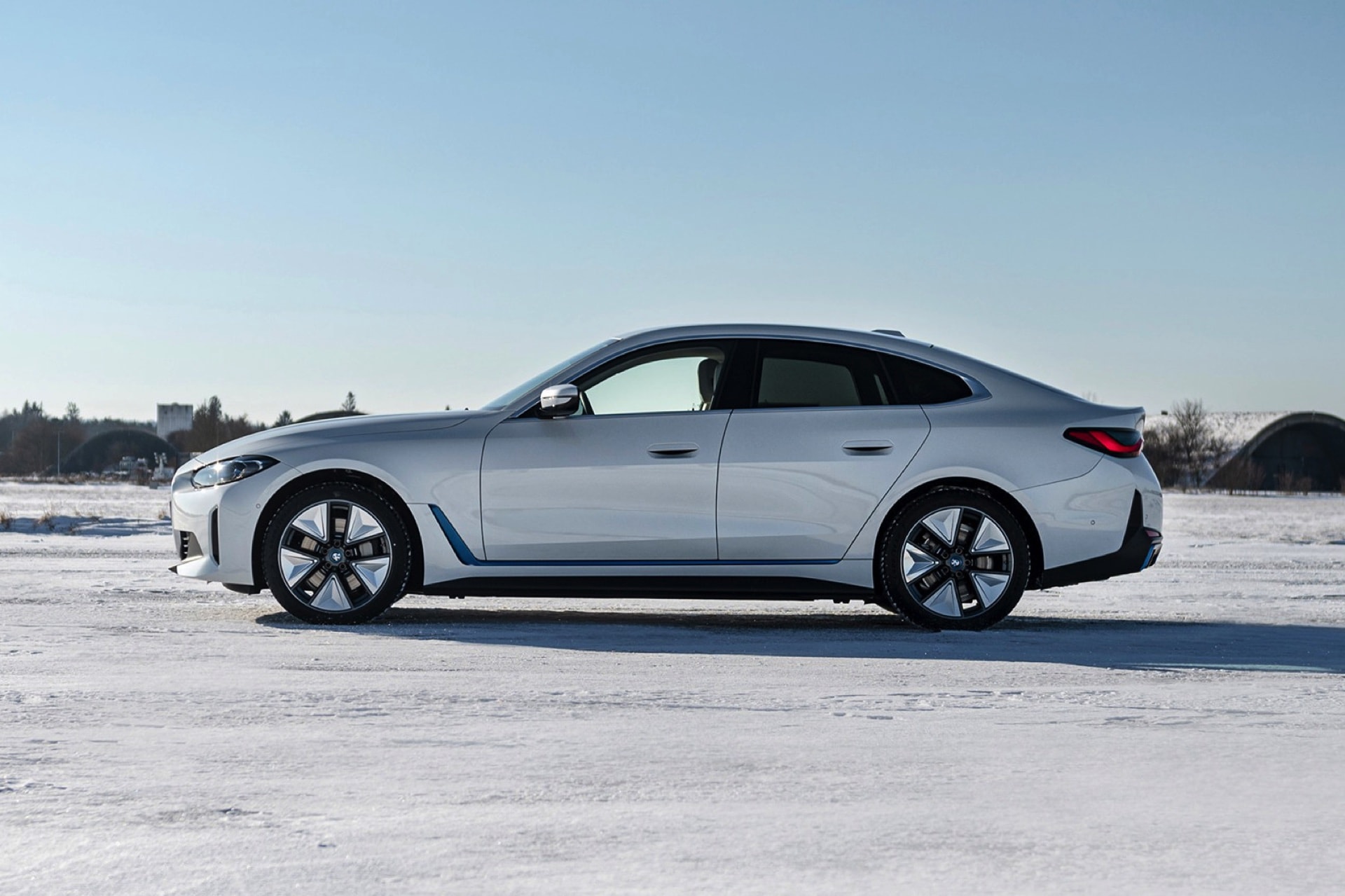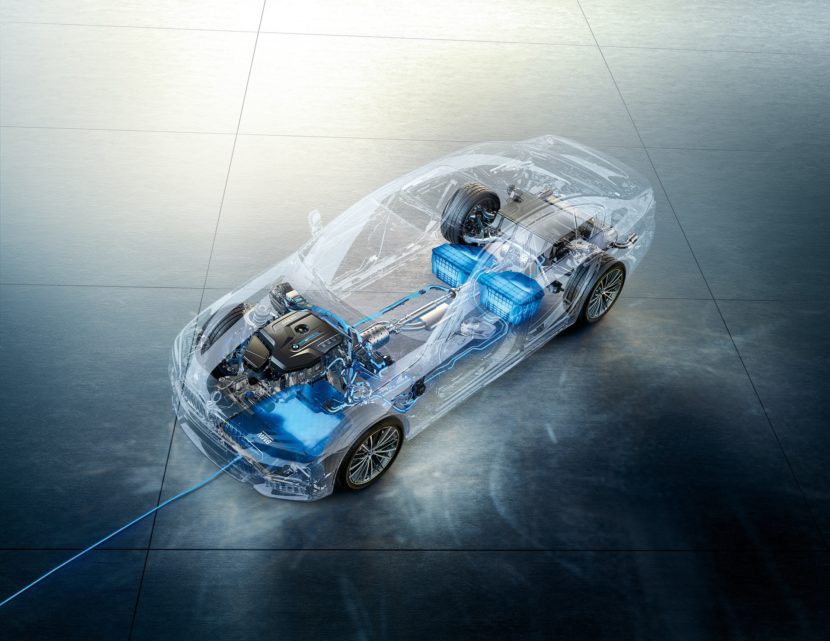As EVs take more of the automotive market share, the need for increased EV infrastructure grows. Creating a charging infrastructure that can handle a mass influx of electric vehicles is proving to be tricky but researchers are coming up with some interesting ideas. One of which is the ability to charge vehicles on the road, while on the move, wirelessly. That might sound like science fiction but it’s a technology that’s getting close to becoming a reality.
Researchers at Cornell University have actually developed tech that can wirelessly charge electric vehicles while in motion. The team is led by Khurram Afridi, an associate professor of electrical and computer engineering at Cornell, who has been working on this for the past seven years.
The idea is to be able to build wireless charging technology into roads and highway systems, allowing EVs to wirelessly charge without having to stop.
“Highways would have a charging lane, sort of like a high occupancy lane,” Afridi told Business Insider. “If you were running out of battery you would move into the charging lane. It would be able to identify which car went into the lane and it would later send you a bill.”
It sounds pretty simple in theory, right? Just put some wireless charging plates in the road and call it a day. Hell, Nikola Tesla invented wireless charging one hundred years ago. But it’s not anywhere near that simple. Special plates designed to handle the high frequency electric fields must be built into the road and connected to the power grid. Then, the cars driving on them have to have similar plats built into them. But, again, it’s not that simple.
Most car companies use magnetic fields for wireless charging but Afridi feels magnetic field charging is too bulky and too inefficient, compared to high-frequency electrical fields. The components have to be made from materials that can conduct the high levels of electricity to charge vehicles in motion, while also being weatherproof, and capable of withstanding the heat generated from the cars driving above them. In addition to being strong enough to add more energy into the battery than its using to drive.
There are hurdles to overcome but the technology is close. Afridi’s team is currently using this technology to help power autonomous forklifts. In another few years, it’s possible that this technology is ready for road testing and, if so, could massively help improve EV charging infrastructure.
[Source: Business Insider]







































































